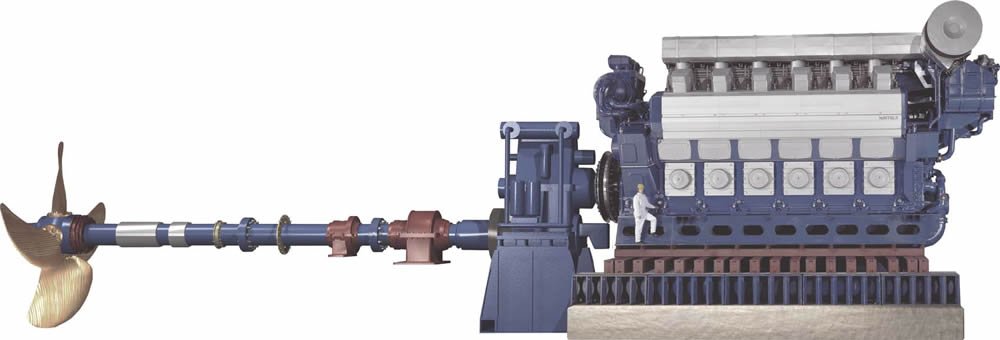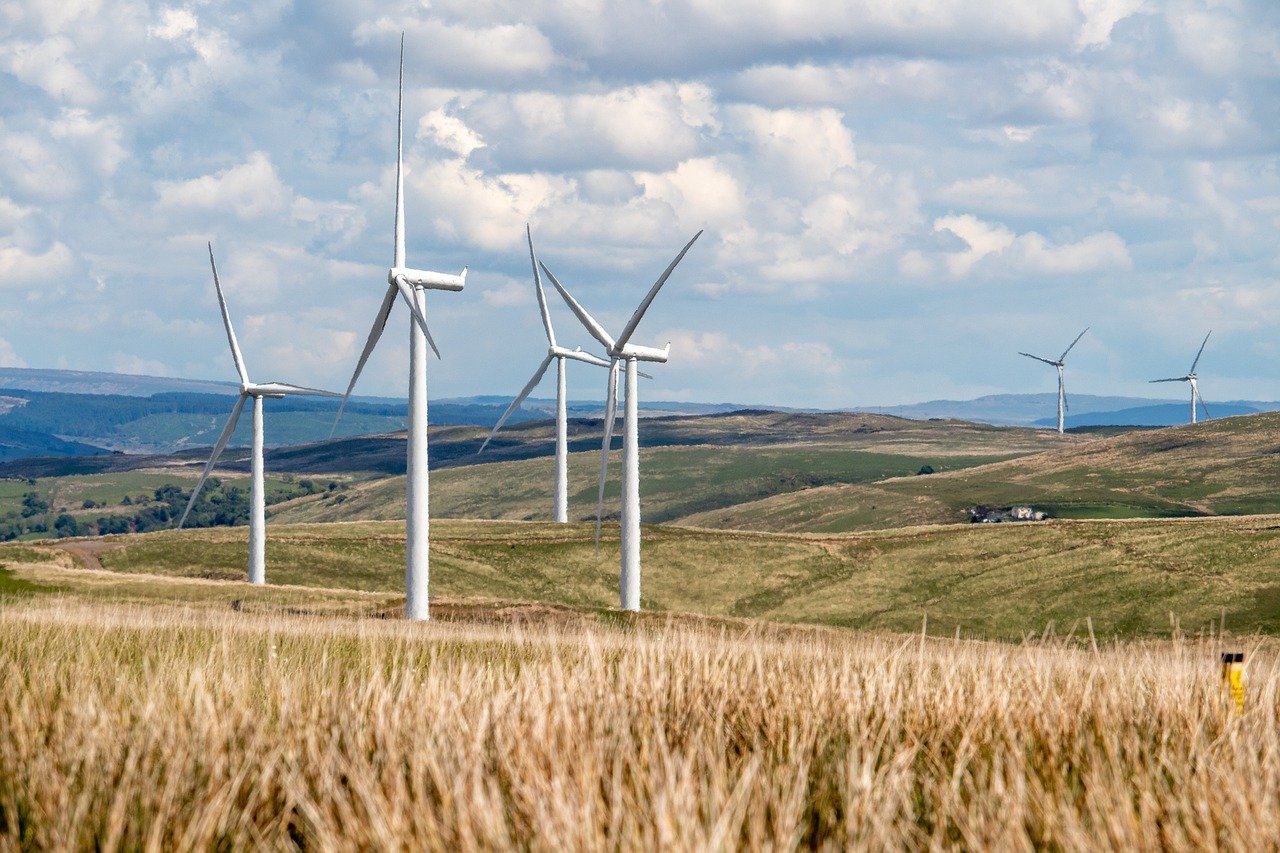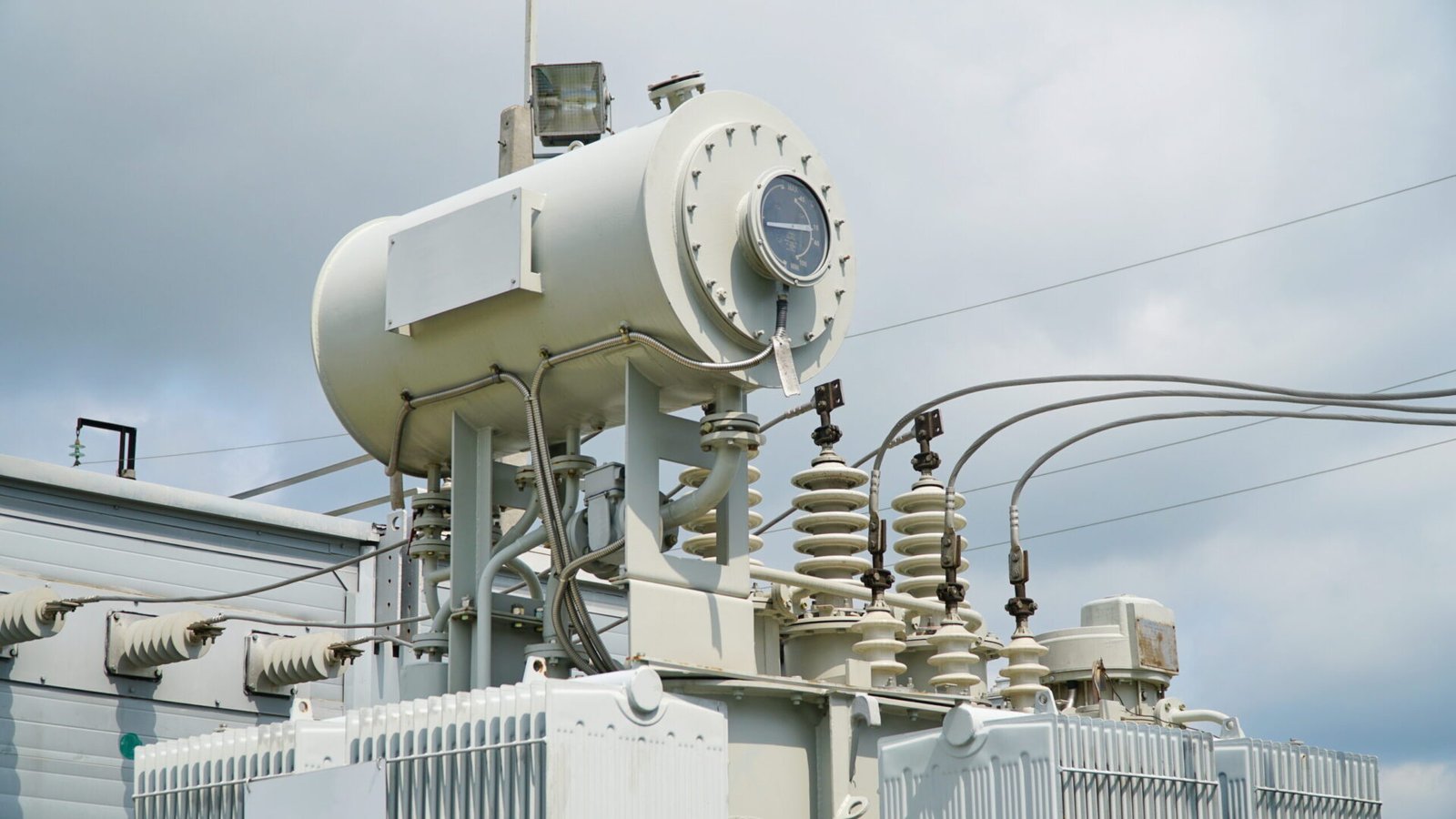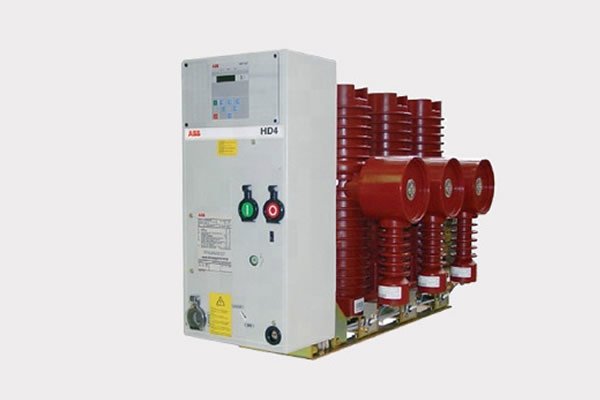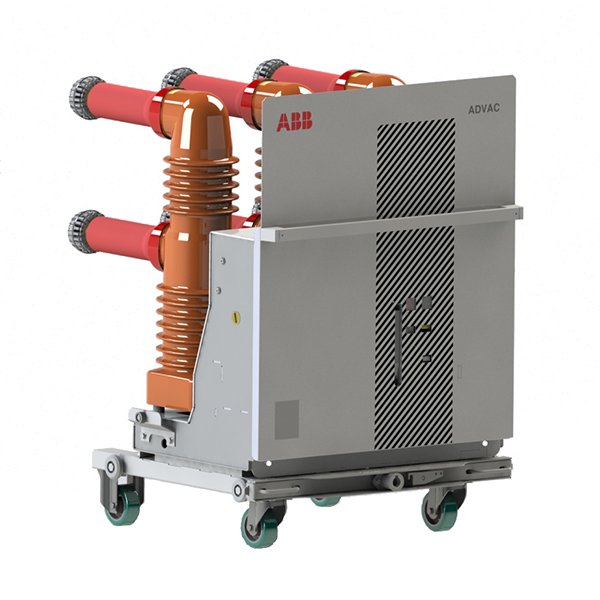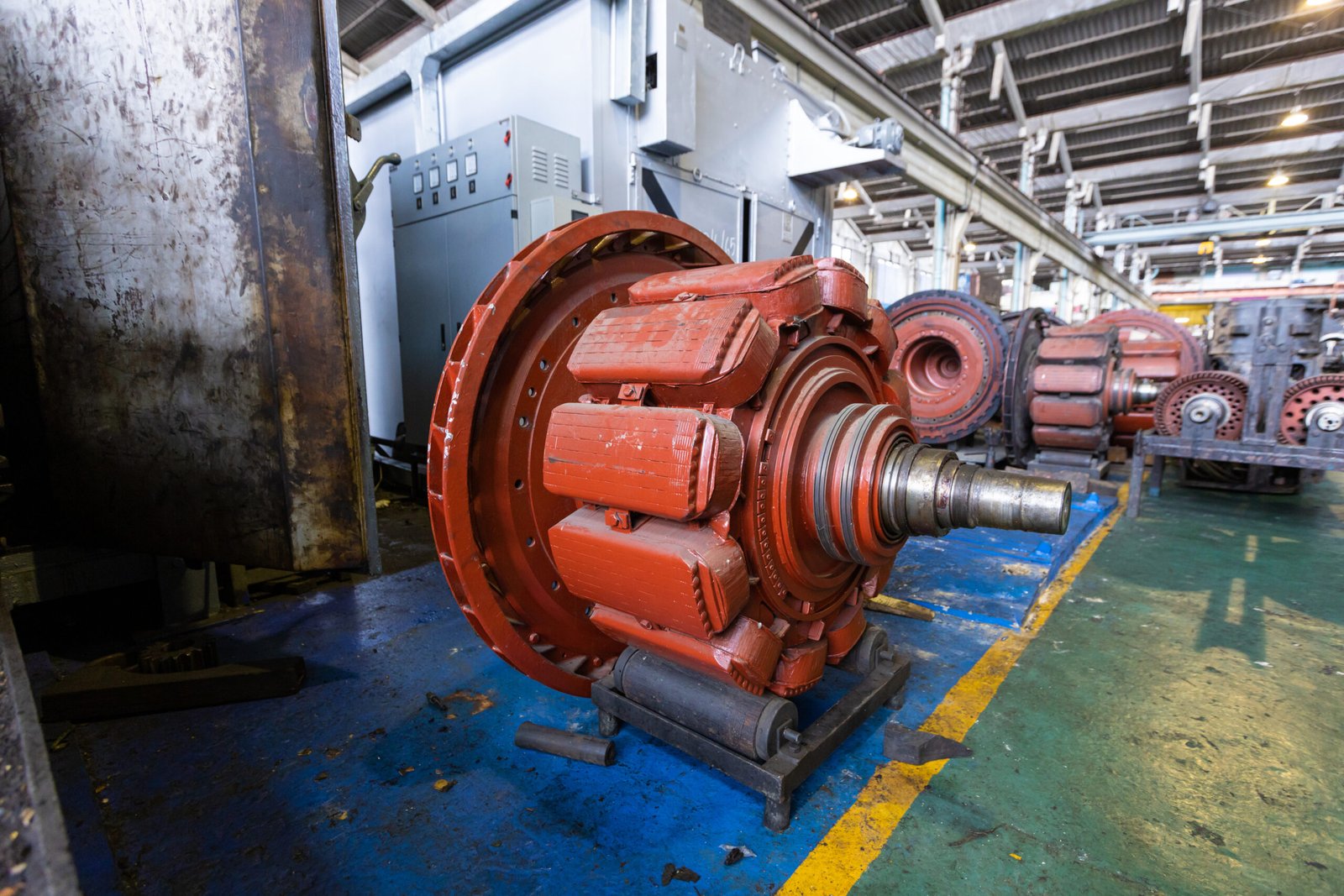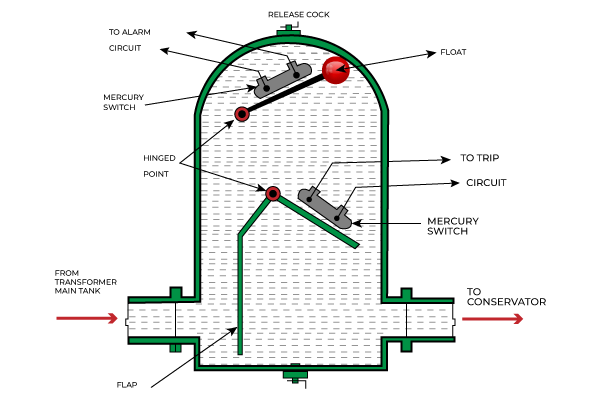Cruise ship engines are the heart of any vessel, driving these floating cities across oceans and ensuring a smooth journey for passengers. In this article, we dive into the top 5 cruise ship engines in the USA, examining their power, efficiency, and unique features. Whether you’re an industry professional, a maritime enthusiast, or someone simply curious about the technology behind these marvels, this guide will provide comprehensive insights.
Understanding Cruise Ship Engines
What Are Cruise Ship Engines?
Cruise ship engines are the powerful machines that propel these massive vessels through the water. They convert fuel into mechanical energy, driving the ship forward and powering essential systems onboard. There are different types of engines used in cruise ships, including diesel engines, gas turbines, and increasingly, hybrid engines that combine different technologies for better efficiency and reduced emissions.
Why Engine Choice Matters for Cruise Ships
Choosing the right engine for a cruise ship is crucial for several reasons:
- Performance: The engine’s power and reliability determine how well the ship can navigate various sea conditions and maintain schedules.
- Fuel Efficiency: Fuel costs are a significant expense for cruise operators. Efficient engines reduce fuel consumption, saving money and reducing environmental impact.
- Environmental Considerations: Modern cruise ships must comply with stringent environmental regulations. Engines that produce lower emissions are essential for meeting these standards.
- Passenger Experience: A smooth and quiet engine enhances the onboard experience, minimizing noise and vibration.
Criteria for Choosing the Best Cruise Ship Engines
Key Factors in Selecting Cruise Ship Engines
Selecting the best engine involves considering several key factors:
- Power and Performance: The engine must provide sufficient power to move the ship efficiently. This includes assessing horsepower, torque, and the ability to handle heavy loads.
- Fuel Efficiency and Cost-Effectiveness: Engines that use fuel more efficiently can significantly reduce operating costs. This includes evaluating fuel consumption rates and potential savings over time.
- Environmental Impact and Compliance: Engines need to comply with international maritime environmental regulations. This includes emission standards set by organizations like the International Maritime Organization (IMO).
- Reliability and Maintenance: An engine’s reliability affects the ship’s operational uptime. It’s also essential to consider the ease and frequency of maintenance required.
- Manufacturer Reputation and Support: Choosing an engine from a reputable manufacturer ensures better support, availability of spare parts, and overall quality assurance.
Overview of the Top 5 Cruise Ship Engines in the USA
Introduction to the Top 5 Cruise Ship Engines
We’ve selected the top 5 cruise ship engines based on their performance, efficiency, and overall impact on the maritime industry. These engines are widely recognized for their reliability and innovative features.
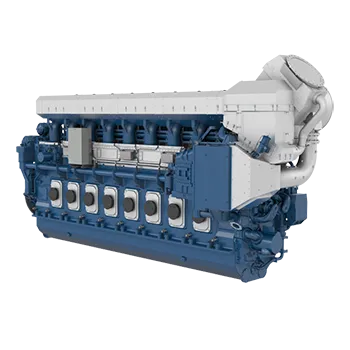 (Credit: https://www.wartsila.com/)
(Credit: https://www.wartsila.com/)
Engine #1: Wärtsilä 46F
The Wärtsilä 46F engine is renowned for its high performance and flexibility. It’s designed to operate efficiently on heavy fuel oil, marine diesel oil, and low-sulfur fuels, making it a versatile choice for various cruising conditions.
- Power and Performance Specs: The Wärtsilä 46F offers a power range of 7,800 to 15,600 kW. Its modular design allows for easy scaling according to the ship’s needs.
- Unique Features and Innovations: This engine boasts advanced automation systems for optimal performance and fuel efficiency. It also incorporates emission reduction technologies, meeting IMO Tier II and Tier III standards.
- Notable Ships Using This Engine: Several major cruise lines, including Carnival and Royal Caribbean, use the Wärtsilä 46F in their fleets.
- Pros and Cons:
- Pros: High efficiency, versatility, and compliance with emission standards.
- Cons: Higher initial cost compared to some competitors.
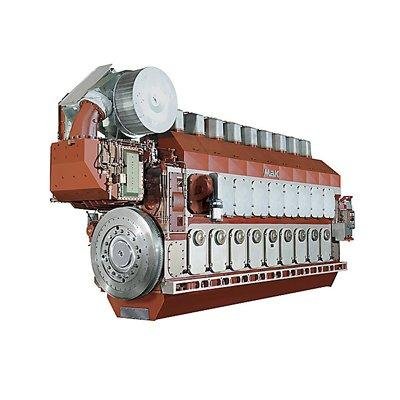 (Credit: https://www.maritimeinformed.com/)
(Credit: https://www.maritimeinformed.com/)
Engine #2: Caterpillar MaK M 43 C
The Caterpillar MaK M 43 C is a robust engine known for its durability and fuel efficiency. It’s a medium-speed engine designed for optimal performance in long-distance cruising.
- Power and Performance Specs: This engine delivers power outputs ranging from 5,400 to 16,800 kW, suitable for large cruise ships.
- Unique Features and Innovations: It includes advanced fuel injection systems and electronic controls that enhance fuel efficiency and reduce emissions.
- Notable Ships Using This Engine: The MaK M 43 C is used by various luxury cruise lines, including MSC Cruises.
- Pros and Cons:
- Pros: High reliability, fuel efficiency, and reduced operating costs.
- Cons: Requires regular maintenance to maintain peak performance.
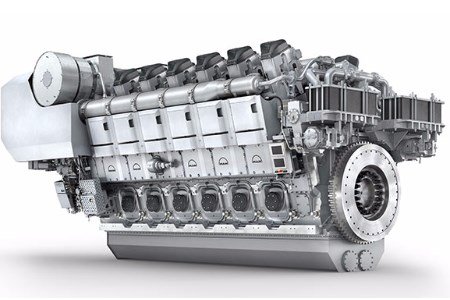
(Credit: https://www.lngindustry.com/)
Engine #3: MAN 48/60CR
The MAN 48/60CR engine stands out for its exceptional fuel efficiency and low emission levels. It’s designed to meet the demanding requirements of modern cruise ships.
- Power and Performance Specs: It provides power outputs from 14,400 to 19,200 kW, making it one of the most powerful engines available.
- Unique Features and Innovations: The engine uses a common rail injection system for precise fuel delivery, reducing both fuel consumption and emissions.
- Notable Ships Using This Engine: Several high-end cruise lines, such as Norwegian Cruise Line, utilize the MAN 48/60CR.
- Pros and Cons:
- Pros: Excellent fuel efficiency, low emissions, and high power output.
- Cons: Higher complexity and cost of maintenance due to advanced technology.
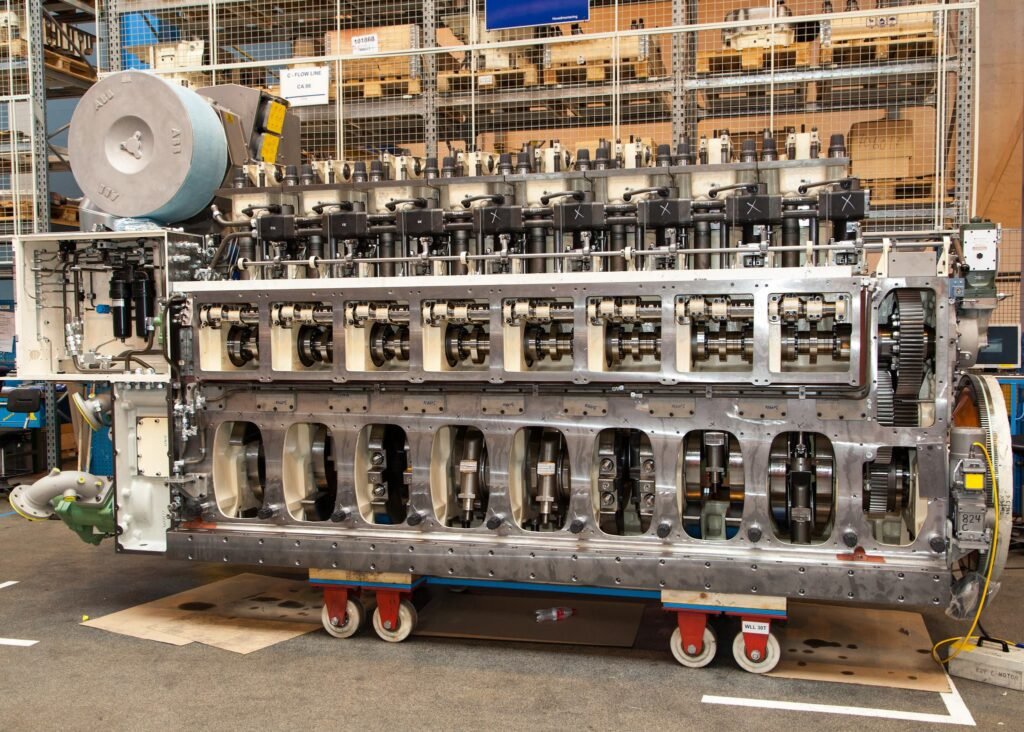
Engine #4: Rolls-Royce Bergen B33:45
The Rolls-Royce Bergen B33:45 engine is celebrated for its high efficiency and low operating costs. It’s designed for optimal performance with minimal environmental impact.
- Power and Performance Specs: This engine delivers power outputs between 3,600 and 9,000 kW.
- Unique Features and Innovations: It incorporates advanced cooling and exhaust systems to enhance performance and reduce emissions.
- Notable Ships Using This Engine: Rolls-Royce engines are favored by various eco-conscious cruise lines.
- Pros and Cons:
- Pros: High efficiency, low emissions, and reduced operating costs.
- Cons: Limited power range compared to larger engines.
Engine #5: General Electric LM2500
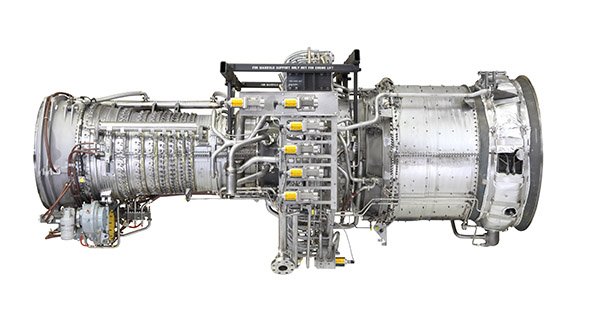
(Credit: https://www.gevernova.com/)
The General Electric LM2500 is a gas turbine engine known for its high power-to-weight ratio and efficiency. It’s commonly used in both commercial and military vessels.
- Power and Performance Specs: The LM2500 offers power outputs from 20,000 to 33,600 kW, making it one of the most powerful engines in the industry.
- Unique Features and Innovations: This engine features a lightweight design and advanced materials that ensure high efficiency and durability.
- Notable Ships Using This Engine: It is used in some of the fastest and most advanced cruise ships, including those operated by Royal Caribbean.
- Pros and Cons:
- Pros: High power output, lightweight design, and excellent efficiency.
- Cons: Higher operational costs due to the complexity and type of fuel used.
In-Depth Analysis of Each Engine
Detailed Comparison of the Top 5 Cruise Ship Engines
Performance and Power Output
Comparing the power outputs of these engines, the General Electric LM2500 stands out with its exceptionally high power-to-weight ratio, making it ideal for high-speed vessels. The MAN 48/60CR also offers significant power, suitable for large cruise ships requiring robust performance. In contrast, the Rolls-Royce Bergen B33:45, while efficient, provides a more moderate power range, ideal for medium-sized vessels focused on efficiency.
Fuel Efficiency and Environmental Impact
Fuel efficiency is a critical factor for cruise lines looking to reduce operational costs and environmental impact. The MAN 48/60CR and Wärtsilä 46F lead in fuel efficiency, thanks to advanced fuel injection systems and automation technologies. These engines also meet stringent IMO Tier III emission standards, reducing their environmental footprint. The Caterpillar MaK M 43 C and Rolls-Royce Bergen B33:45 also offer impressive fuel efficiency, though the LM2500, being a gas turbine, has higher fuel consumption despite its efficiency in other aspects.
Reliability and Maintenance
Reliability is paramount in cruise ship operations. The Caterpillar MaK M 43 C and Wärtsilä 46F are known for their robustness and reliability, with manageable maintenance schedules. The MAN 48/60CR, while highly efficient, requires more frequent and complex maintenance due to its advanced technology. The Rolls-Royce Bergen B33:45 is also reliable but falls behind in ease of maintenance compared to simpler diesel engines. The GE LM2500, with its advanced design, requires specialized maintenance, contributing to higher operational costs.
Cost Considerations
Initial and long-term costs are essential considerations for cruise operators. The Caterpillar MaK M 43 C and Rolls-Royce Bergen B33:45 offer a balance between performance and cost, making them attractive options for many cruise lines. The Wärtsilä 46F, while slightly more expensive initially, provides long-term savings through fuel efficiency and lower emissions. The MAN 48/60CR, due to its advanced features, and the GE LM2500, due to its high power output, come with higher costs but offer unparalleled performance.
Customer and Industry Feedback
Feedback from industry professionals highlights the strengths and weaknesses of these engines. The Wärtsilä 46F and MAN 48/60CR receive praise for their efficiency and performance, while the Caterpillar MaK M 43 C is lauded for its reliability and cost-effectiveness. The GE LM2500 is favored for its power and speed, and the Rolls-Royce Bergen B33:45 for its environmental credentials.
Future Trends in Cruise Ship Engines
Emerging Technologies in Cruise Ship Engines
The future of cruise ship engines lies in innovation and sustainability. Hybrid engines, which combine traditional fuel engines with electric propulsion, are becoming more popular. These engines reduce fuel consumption and emissions, aligning with global environmental goals. Additionally, advancements in alternative fuels, such as liquefied natural gas (LNG) and biofuels, are driving the development of greener engines.
Environmental Regulations and Their Impact
Environmental regulations are becoming stricter, pushing engine manufacturers to innovate. The IMO’s 2020 sulfur cap and upcoming regulations on greenhouse gas emissions are significant drivers for change. Engines like the Wärtsilä 46F and MAN 48/60CR, which already comply with these standards, set the benchmark for future designs.
Predictions for the Next Decade
Experts predict that the next decade will see a rise in the adoption of hybrid and fully electric engines. As battery technology improves, we might see more cruise ships relying on electric propulsion for shorter routes. Additionally, the development of hydrogen fuel cells could revolutionize the industry, offering a zero-emission solution for maritime transport.
Conclusion
Summary of the Top 5 Cruise Ship Engines in USA
In summary, the Wärtsilä 46F, Caterpillar MaK M 43 C, MAN 48/60CR, Rolls-Royce Bergen B33:45, and General Electric LM2500 are the top cruise ship engines in the USA. Each engine offers unique strengths, from the exceptional power of the LM2500 to the fuel efficiency of the MAN 48/60CR.
Final Considerations for Cruise Ship Operators
Choosing the right engine depends on various factors, including the ship’s size, intended routes, and environmental regulations. Operators should consider both initial costs and long-term operational savings. Ongoing maintenance and upgrades are crucial for maximizing engine performance and longevity.
Additional Resources
Helpful Links and References
Call to Action
Get Expert Advice on Cruise Ship Engines
For more information and personalized advice on choosing the right cruise ship engine, feel free to contact us. Subscribe to our newsletter for the latest updates on marine engineering and industry trends.
FAQs
Frequently Asked Questions about Cruise Ship Engines
What is the most powerful cruise ship engine? The General Electric LM2500 is among the most powerful, offering up to 33,600 kW.
How often do cruise ship engines need maintenance? Maintenance schedules vary, but most engines require regular checks and servicing every 6,000 to 10,000 operating hours.
Are there any fully electric cruise ships? While fully electric cruise ships are still in development, hybrid engines combining electric and traditional fuel are becoming more common.
How do cruise ship engines compare to cargo ship engines? Cruise ship engines prioritize passenger comfort and environmental compliance, while cargo ship engines focus on maximizing load capacity and efficiency.
What are the future prospects for green cruise ship engines? The future looks promising, with advancements in hybrid technology, alternative fuels, and potentially hydrogen fuel cells paving the way for greener maritime transport.
Explore our related topics:
https://voltagevessel.com/diesel-generator-working-principle/
https://voltagevessel.com/different-types-of-engines/

